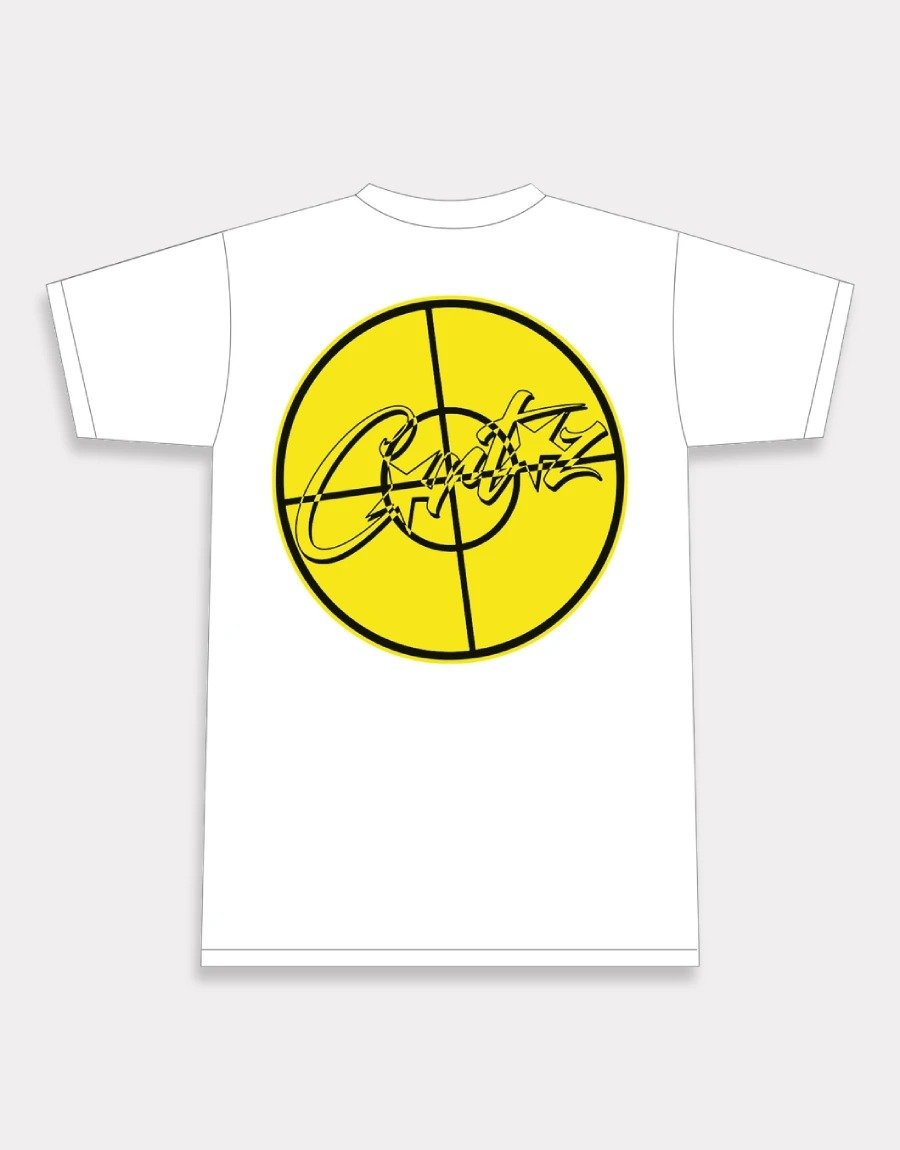A brand that became inseparable from the mid 2000s VIP culture, is a notable name in style history. With its unmistakable driver caps, striking logos, and restless plans, Von Dutch embodied a specific second in mainstream society, catching the consideration of VIPs, performers, and the overall population the same. However the brand’s process was set apart by quick achievement, it likewise experienced critical contention and a close to fall prior to getting back in the game.
The Origins of Von Dutch
The Von Dutch brand was established in 1999, enlivened by the tradition of Kenneth Howard, a respected American pinstriper and craftsman who went by the moniker “Von Dutch.” Howard was a religion figure in custom vehicle culture during the 1950s and 60s, popular for his creative, hand-painted plans on dragsters and cruisers. His imaginativeness, defiant mentality, and “do it without anyone’s help” ethos were respected by fanatics of Kustom Kulture, a development portrayed by the customization of vehicles and clothing.
Von Dutch’s name and picture, along these lines, had profound roots in American nonconformity. At the point when the brand was laid out, it meant to catch the substance of Howard’s defiant soul and mix it with contemporary design. The outcome was a brand that immediately turned into an image of independence and tense style, standing out from persuasive subcultures like skaters, bikers, and performers.
The Rise to Fame
The defining moment for Von Dutch came in the mid 2000s when it grabbed the eye of Hollywood famous people and performers. The brand’s driver caps, which highlighted the quickly conspicuous winged eyeball logo, turned into a priority embellishment for Top notch superstars like Paris Hilton, Justin Timberlake, Britney Lances, and Lindsay Lohan. These caps, alongside different pieces from Von Dutch’s line, represented the combination of laid-back, West Coast design with a defiant, rebellious mentality.
Von Dutch trucker hat plans, which blended rock ‘n’ roll style, retro Yankee folklore, and troublemaker impacts, reverberated with the period’s developing interest with superstar culture. The mid 2000s were when paparazzi pictures of famous people in relaxed wear turned into a significant piece of mainstream society, and Von Dutch benefitted hugely from the perceivability that accompanied it.
By 2003, Von Dutch had turned into a style juggernaut, with its driver caps and Shirts taking off racks and showing up on the fronts of magazines and in music recordings. The brand was at the pinnacle of its prominence, with stores opening in significant urban areas and a broad rundown of VIP supports.
Controversy and Decline
Nonetheless, as fast as Von Dutch rose to distinction, it started to lose its charm. By the mid-2000s, the brand’s immersion in the market prompted a backfire.
In the background, interior debates and fights in court were likewise negatively affecting the brand. The first proprietors and accomplices of Von Dutch conflicted over the course of the organization, prompting a progression of legitimate questions that debilitated the brand’s strength. Kenneth Howard’s little girls likewise documented claims, asserting that the brand was inappropriately involving their dad’s name and heritage for business gain.
The very VIPs who had shot Von Dutch to popularity continued on toward recent fads, and the brand’s notable driver caps turned into a remnant of mid 2000s design.
The Rebirth of Von Dutch
Notwithstanding its transgress, Von Dutch encountered an astonishing recovery in the last part of the 2010s and mid 2020s. The resurgence of Y2K style, driven to some degree by another age of powerhouses and wistfulness for the mid 2000s, brought Von Dutch back into the spotlight.
The brand gained by this recharged interest by relaunching with refreshed plans that actually honored its foundations. Von Dutch teamed up with streetwear planners and extravagance design houses to make restricted release assortments that spoke to a cutting edge crowd, mixing retro style with contemporary design sensibilities.
This resurrection of Von Dutch mirrors a bigger pattern in design, where wistfulness and the reusing of past patterns assume a critical part in forming recent trends. Today, the brand has found another following among more youthful ages who consider Von Dutch to be both a retro and tense proclamation, permitting the brand to reappear the social outlook.
Legacy and Influence
Von Dutch’s impact on style is obvious. While the brand’s prime was fleeting, its effect during the mid 2000s was enormous. Von Dutch aided pioneer the mixing of streetwear with high design and brought components of subcultures like Kustom Kulture into the standard. Its driver caps became symbolic of a particular period in VIP style, and the brand’s striking, right in front of you plans tested the moderate styles that had overwhelmed the design scene in the last part of the 1990s.
Besides, the brand’s ascent and fall act as a useful example about the risks of oversaturation in the design business. Von Dutch’s resurgence, notwithstanding, shows that design is repeating, and even brands that have become undesirable can returned when the social environment shifts.
Conclusion
Von Dutch’s process is one of ups and downs, set apart by quick achievement, contention, and inevitable recovery. The brand’s capacity to encapsulate defiance and distinction assisted it with hanging out in the packed design scene, and its recovery lately addresses the getting through allure of its striking, notorious style. Whether as an image of mid 2000s sentimentality or a new assertion of contemporary style, Von Dutch remaining parts a huge and captivating player in the realm of streetwear and mainstream society.
